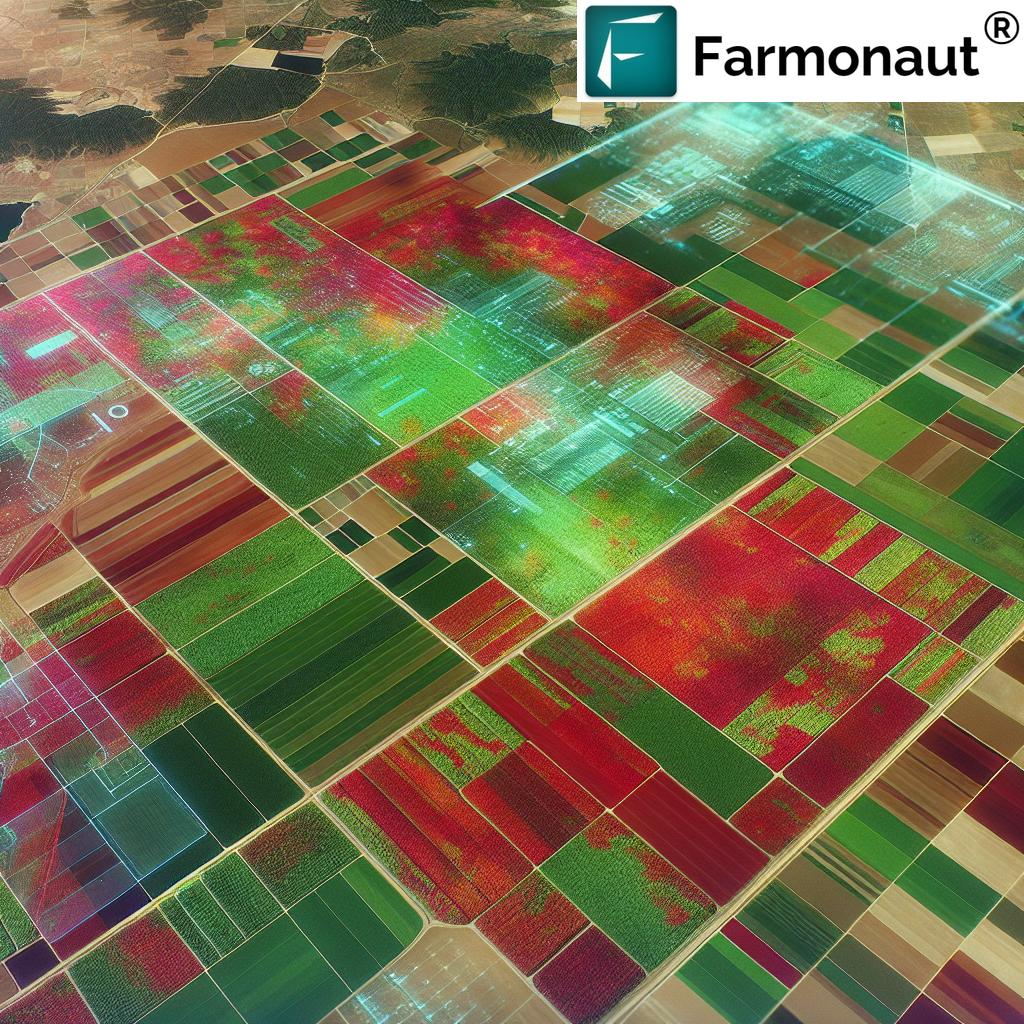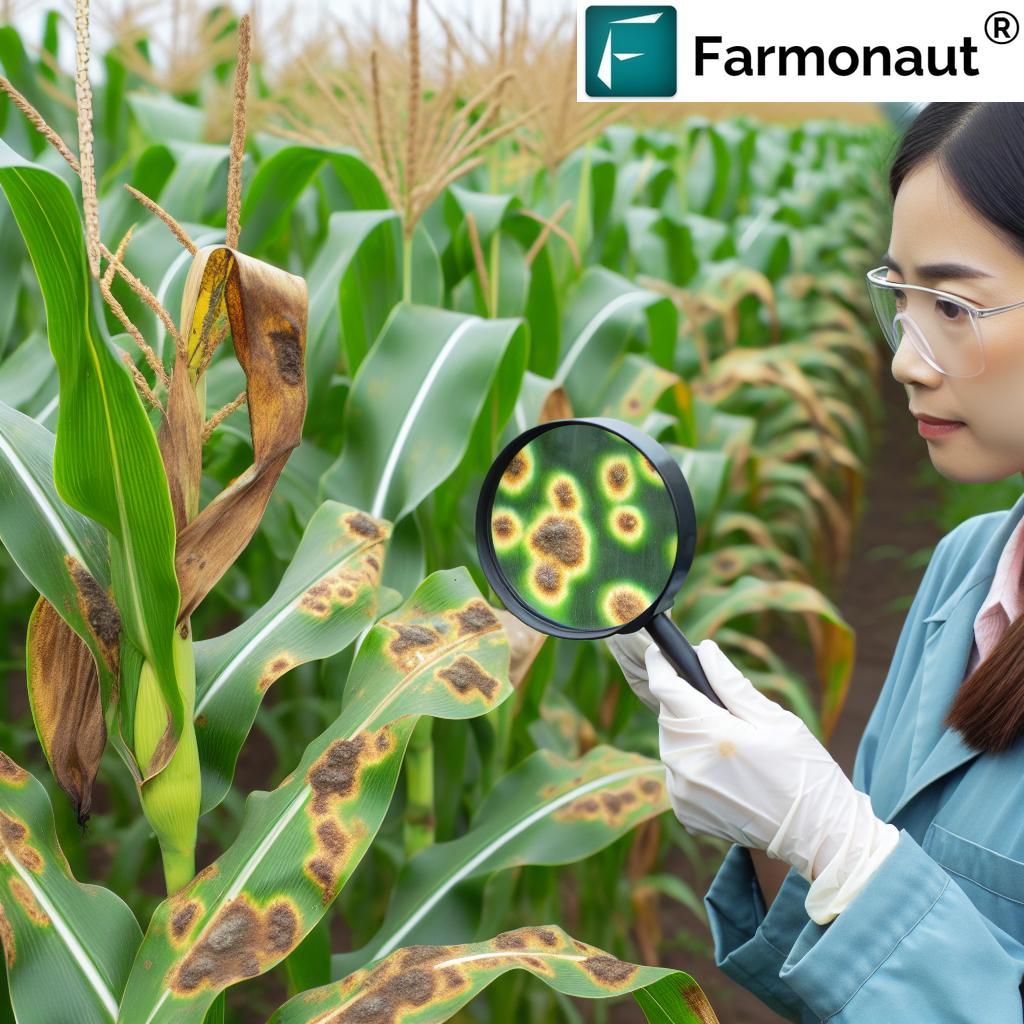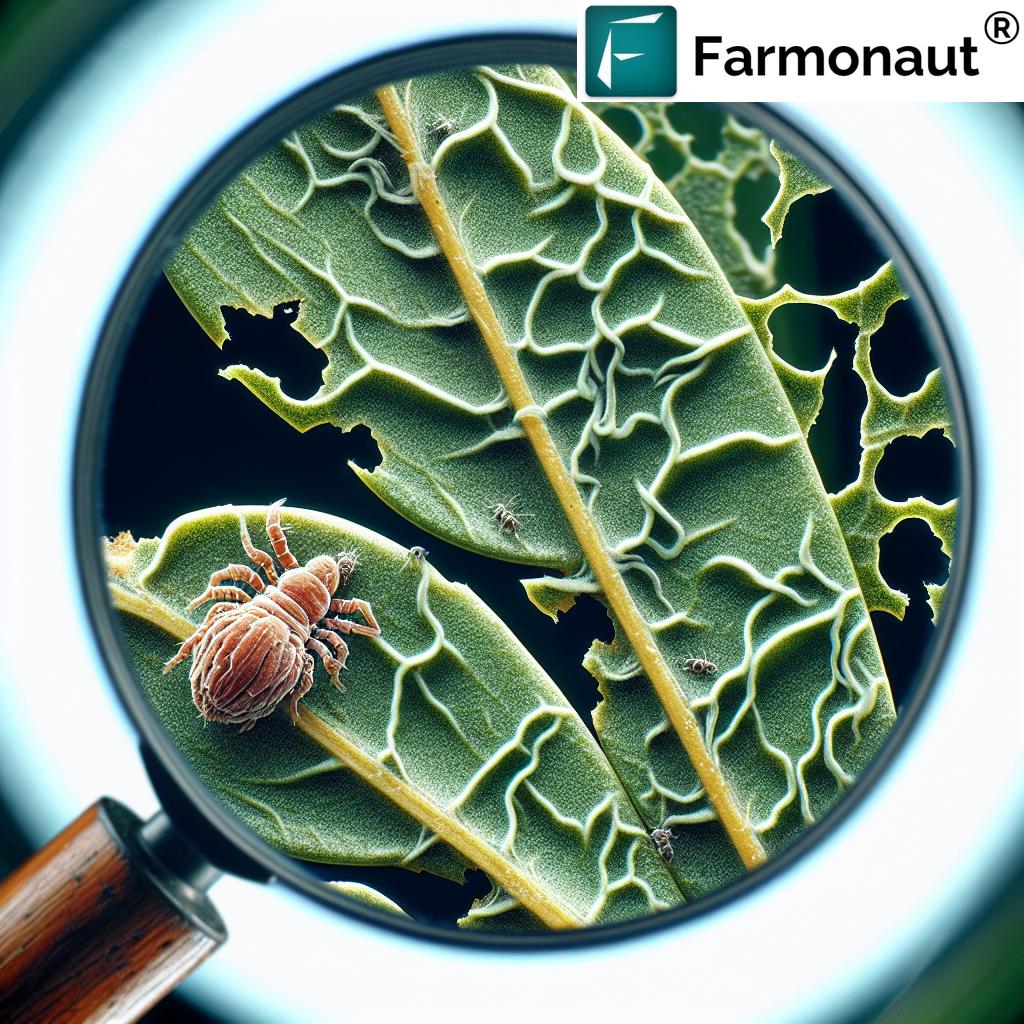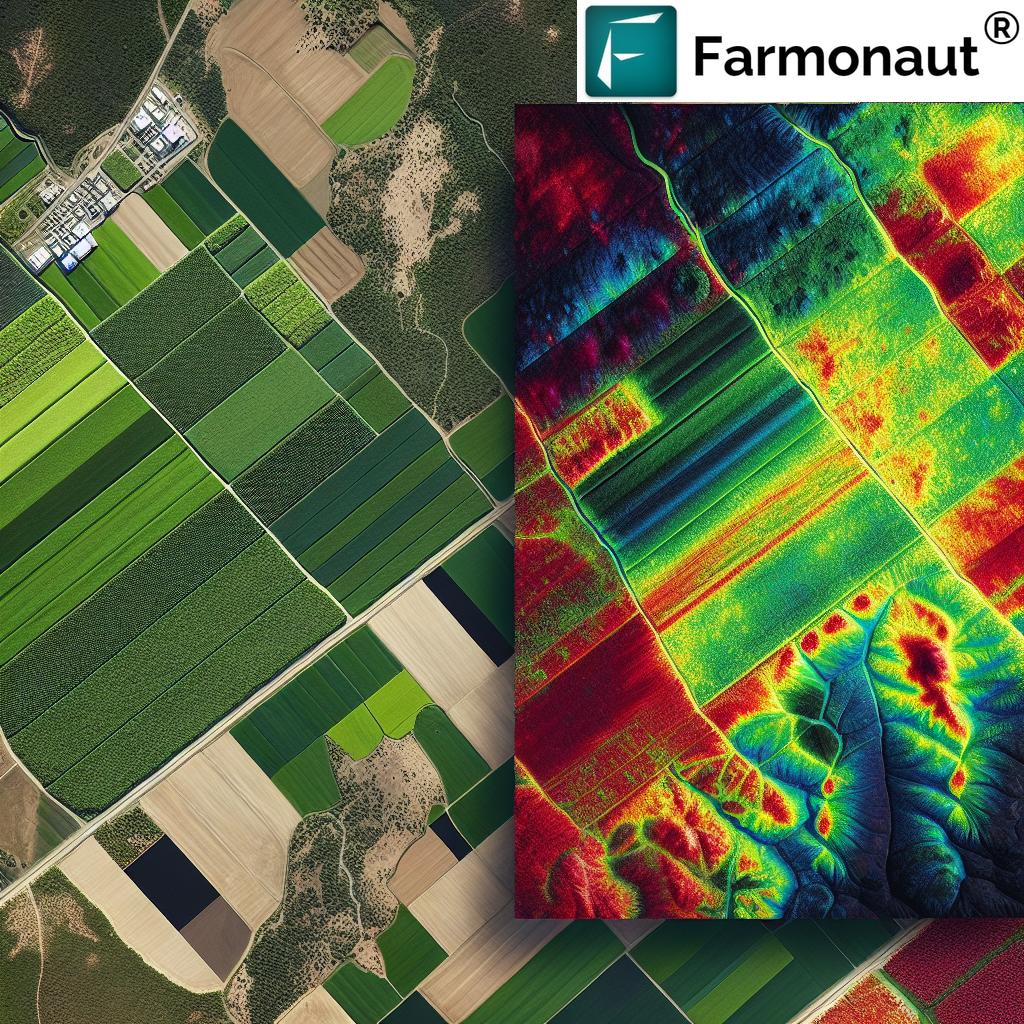Benefits of Zero Tillage & Biofertilizers: Top 2025 Gains
The Benefits of Zero Tillage and Biofertilizers in Modern Agriculture: A 2025 Perspective
In the face of ongoing climate change, dwindling soil fertility, and an increasing demand for sustainable food production, innovative agricultural practices like zero tillage and the use of biofertilizers have gained significant traction. As we move deeper into 2025, these methods are no longer mere alternatives. Instead, they are becoming essential pillars for forward-looking, eco-friendly, and productivity-driven farming systems. This blog explores the benefits of zero tillage and biofertilizer benefits for modern agriculture, illustrating how they foster soil health, higher yields, reduced costs, and overall farm sustainability.
Table of Contents
- Quick Sustainability Facts
- Introduction: The Modern Agriculture Challenge
- Zero Tillage – Revolutionizing Soil Management in 2025
- Biofertilizers – Harnessing Nature’s Power for Crop Growth
- Synergistic Benefits: Zero Tillage & Biofertilizers Combined
- Benefits Comparison Table: Conventional vs. Zero Tillage & Biofertilizers
- Farmonaut Technology for Sustainable Agriculture
- Integration, Policy, and Technology: The 2025 Perspective
- Frequently Asked Questions
- Conclusion: The Path Forward for Global Farmers
- Farmonaut Subscription Options
Introduction: The Modern Agriculture Challenge
As we move deeper into 2025, the core challenges in modern agriculture—from climate change and soil degradation to increasing demand for food—are more urgent than ever. Sustainable farming practices have never been more critical for farmers, businesses, and policymakers. Traditional tillage methods, though common, exacerbate soil erosion, loss of organic matter, and threaten the long-term fertility of our arable lands. Meanwhile, over-dependence on synthetic fertilizers has led to environmental risks, chemical runoff, and lower soil health.
In response, innovative methods like zero tillage (also known as no-till farming) and the use of biofertilizers are rapidly gaining ground among sustainability-minded farmers and agricultural systems. These approaches not only address the core issues of erosion and fertility but also align with global efforts to lower the agricultural carbon footprint and bolster resilience in the face of climate change.
Benefits of Zero Tillage: Revolutionizing Soil Management in 2025
Zero tillage—a method also known as no-till farming—refers to growing crops without disturbing the soil via mechanical tillage. This innovative approach is revolutionizing soil management and crop production as we strive for sustainable farming practices in 2025. Let’s explore the many benefits it brings:
1. Preservation of Soil Health and Integrity
- Zero tillage protects soil structure—in contrast to traditional tillage, which disrupts soil layers, exposing them to erosion, compaction, and organic matter loss.
- Maintains microbial populations, crucial for nutrient cycling and fertility.
- Enhances water retention and infiltration, crucial for drought resilience.
- Retains organic matter and crop residues, supporting natural soil health and structure.
2. Carbon Sequestration & Climate Mitigation
- By minimizing soil disturbance, zero tillage helps sequester carbon within soil layers.
- Significantly reduces greenhouse gas emissions that accompany traditional plowing.
- Aids climate mitigation efforts—agriculture’s role is crucial as we strive for a lower global carbon footprint by 2025 and beyond.
3. Cost Savings and Labor Efficiency
- Reduces machinery wear and tear by eliminating the need for repeated plowing and soil movement.
- Cuts fuel and labor costs, leading to higher profitability especially for smallholder farmers and resource-limited operators.
- Saves time, making land preparation and planting faster and more efficient.
4. Improved Water Management & Drought Resilience
- Crop residues left on the field surface reduce water evaporation and act as a mulch, moderating soil temperature.
- Enhanced rainwater infiltration helps \[crops\] withstand drought and erratic rainfall.
- Reduces the need for irrigation—crucial for sustainable agriculture in water-scarce regions by 2025.
5. Reduction in Soil Erosion
- Zero tillage reduces soil erosion rates by keeping soil covered throughout the year.
- Preserved topsoil improves long-term soil productivity and maintains valuable nutrients within the system.
6. Enhanced Biodiversity and Ecosystem Services
- Undisturbed soil systems foster a diverse community of beneficial organisms—earthworms, beneficial insects, and microbial populations.
- Improved ecosystem resilience and natural pest control.
Biofertilizer Benefits: Harnessing Nature’s Power for Crop Growth
Biofertilizers are made from living microorganisms, including bacteria, fungi, and algae, that promote plant growth through natural processes such as nitrogen fixation, phosphorus solubilization, and nutrient cycling. The benefits of using biofertilizers extend far beyond crop nutrition; they are essential for building soil vitality and reducing reliance on synthetic fertilizers—a core goal for sustainable agriculture in 2025.
1. Enriched Soil Fertility & Nutrient Uptake
- Biofertilizers introduce and support beneficial microbial populations such as Rhizobium, Azotobacter, and phosphate-solubilizing bacteria.
- Enhance biological nitrogen fixation (BNF)—supplying essential nitrogen for crops.
- Improve phosphorus and potassium availability via microbial cycling of soil nutrients.
- Boost overall soil fertility and enable higher yield potential in long-term cropping systems.
2. Environmental Benefits & Reduction of Chemical Inputs
- Reduces dependence on synthetic fertilizers, lowering input costs and mitigating the risk of water and soil pollution.
- Supports organic farming systems and global efforts to reduce agriculture’s environmental footprint.
- Maintains ecological balance and microbial diversity—crucial for resilient cropping systems.
3. Cost-Effectiveness and Accessibility
- Biofertilizers are generally more affordable than chemical fertilizers.
- Can often be produced and distributed locally, making them ideal for smallholder farmers and resource-limited regions.
- Promotes sustainable agriculture in developing economies, accelerating global food security goals.
4. Increased Crop Yields, Quality & Pest Resilience
- Biofertilizers contribute to improved yields and plant quality by ensuring continuous nutrient availability.
- Strengthen plant defenses against pests and diseases through microbial stimulation of immune responses.
- Enable sustainable intensification of food production systems without causing ecological harm.
5. Improved Soil Structure & Water Holding Capacity
- Biofertilizers enhance soil’s organic matter and structure by fostering beneficial microbial activity.
- Increase water retention and reduce surface crusting, aiding crop growth in both wet and dry years.
6. Eco-Certification and Market Potential
- Crops grown with biofertilizer benefits are more likely to qualify for organic certification, potentially earning higher market prices and addressing growing consumer demand for sustainable food systems.
Synergistic Benefits: Zero Tillage & Biofertilizers Combined
Zero tillage and biofertilizers work even better when adopted together, creating a powerful synergistic system for future-ready agriculture:
- Undisturbed soil from zero tillage encourages beneficial microorganisms from biofertilizer inputs to thrive, multiply, and interact optimally with plant root systems.
- Retained crop residues on the soil surface provide an ideal habitat and food source for microbes, amplifying their effectiveness.
- The combined approach reduces the need for synthetic fertilizers and pesticides, thus lowering production costs and minimizing environmental hazards.
- Delivers higher yields, better resilience to drought and erratic rainfall, and long-lasting soil health benefits.
Benefits Comparison Table: Conventional Tillage vs. Zero Tillage & Biofertilizers
To highlight the major sustainability benefits, here’s how key performance indicators stack up for Conventional Tillage, Zero Tillage, and Zero Tillage with Biofertilizers in 2025:
| Sustainability Indicators | Conventional Tillage (Baseline) |
Zero Tillage (2025 Projections) |
Zero Tillage + Biofertilizers (2025 Projections) |
|---|---|---|---|
| Soil Organic Matter Increase (%) | 0% | +12% | +18% |
| Average Yield Boost (%) | Baseline | +15% | +20% |
| Reduction in Water Usage (%) | 0% | -20% | -30% |
| Decrease in Chemical Fertilizer Usage (%) | 0% | -20% | -30% |
| Carbon Footprint Reduction (%) | Baseline | -35% | -50% |
Interpreting the Table:
- Zero tillage already delivers substantial gains over conventional tillage across all metrics—improving soil health, crop yields, water efficiency, and carbon footprint reduction.
- The addition of biofertilizers amplifies these effects, especially evident in soil organic matter increase and reduced chemical fertilizer use.
- *2025 values based on global average projections and published research. Actual values may vary with local conditions and adoption rates.
Farmonaut Technology for Supporting Modern Sustainable Agriculture
While the embrace of zero tillage and biofertilizers is vital, the path to optimal benefits lies in precision, monitoring, and digital integration. This is where satellite-driven, real-time insights make a difference.
- We at Farmonaut provide advanced large-scale farm management tools that allow users to monitor crop growth, soil health, and water stress at the field level—ensuring the best practices for zero tillage and biofertilizer application are followed.
- Using our satellite platform (available on
 ,
,  and
and  ), you can track and improve soil organic matter, carbon sequestration, and crop productivity efficiently.
), you can track and improve soil organic matter, carbon sequestration, and crop productivity efficiently. - Farmonaut’s carbon footprinting solution (learn more here) empowers farmers, agribusinesses, and governments to monitor and manage carbon outcomes—supporting climate mitigation, regulatory compliance, and eco-certification goals for 2025.
- Our fleet management platform (fleet efficiency details) also assists in reducing machinery costs and ensuring eco-friendly logistics.
- We offer an API for developers and agri-businesses. Integrate Farmonaut API directly into management systems for satellite insights—see developer docs here.
Whether managing one field or hundreds, our solutions support monitoring, yield improvement, and sustainability for every type of farmer and agri-business.
Integration and Adoption: The 2025 Perspective for Global Agriculture
The transition to zero tillage and biofertilizer systems is accelerating worldwide. Several trends and policy efforts underscore this movement in 2025 and beyond:
- Policy Incentives: Many countries have implemented policies to reward sustainable practices—offering subsidies, training, and direct support for zero tillage and biofertilizer adoption.
- Precision Agriculture: The use of satellite imagery, AI-based analytics, and blockchain traceability systems enable fine-tuning of nutrient management and transparency throughout the supply chain. For advanced traceability, explore Farmonaut’s blockchain-powered product traceability solutions.
- Financial Support: Verification of sustainable practices is increasingly used by financiers and insurers to offer preferential rates and improved access to agricultural loans. See details on satellite-based crop loan and insurance eligibility.
- Climate Change Readiness: Resilience through zero tillage and biofertilizers is helping farmers adapt to drought, erratic rainfall, and global market shifts.
- Consumer Demand: Markets are prioritizing organic, traceable, and climate-friendly products, making adoption of these practices economically rewarding for the future.
Frequently Asked Questions (FAQ) on Zero Tillage & Biofertilizer Benefits
What are the main benefits of zero tillage for farmers in 2025?
Zero tillage offers farmers improved soil health, lower input costs, greater water efficiency, higher crop yields, and reduced labor. Its role in minimizing soil erosion and sequestering carbon makes it essential for climate-resilient farming in 2025 and beyond.
How do biofertilizers improve crop productivity?
Biofertilizers boost crop productivity by enhancing nutrient uptake (nitrogen, phosphorus), supporting microbial cycling, and stimulating plant growth. They reduce dependency on synthetic fertilizers, leading to higher yields and improved soil fertility.
Are zero tillage and biofertilizers effective in all regions?
While effective globally, the outcomes depend on local soil type, climate, and crop systems. Both practices have shown strong results in various countries, with adaptation to local conditions enhancing benefits.
Can these practices help fight climate change?
Yes. Zero tillage sequesters carbon in the soil, and biofertilizers reduce greenhouse gas emissions by lowering reliance on synthetic inputs, supporting global climate mitigation goals.
Conclusion: Embracing Zero Tillage and Biofertilizers for a Sustainable Farming Future
The benefits of zero tillage and biofertilizer benefits in modern agriculture are undeniable in 2025 and beyond. Together, these practices strengthen soil health, stabilize yields, reduce input and labor costs, and position farmers as key contributors to climate mitigation and environmental stewardship. With growing support from technology platforms like Farmonaut—providing real-time crop monitoring, carbon footprinting, blockchain traceability, and resource management solutions—the integration of these methods into large and small-scale farming is more achievable than ever.
As the agricultural sector faces unprecedented climate and market challenges, adopting zero tillage and biofertilizer systems forms the cornerstone of sustainable, productive, and resilient farmlands, ensuring food security and environmental health for future generations.
Farmonaut Subscription Options
To make state-of-the-art agricultural monitoring, carbon tracking, and sustainability solutions accessible to all, we at Farmonaut offer affordable, scalable subscription models for individuals, businesses, and governments. Choose your plan below:
Ready to transform your farm with the benefits of zero tillage and biofertilizers? Harness Farmonaut’s advanced monitoring solutions for a more sustainable and productive future.









